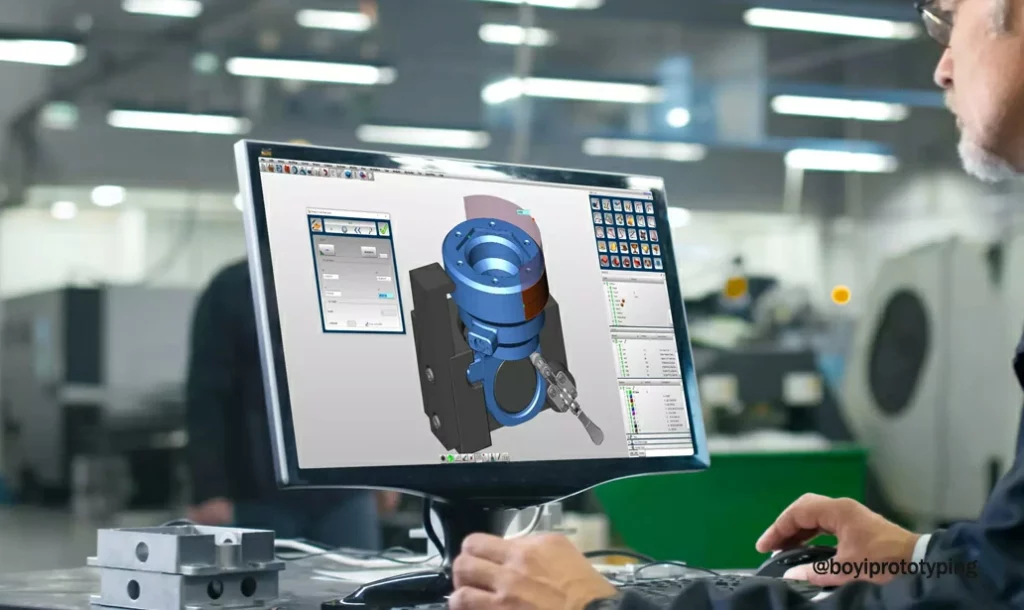Introduction
Computer-Aided Manufacturing (CAM) is a technology that uses software and computer-controlled machinery to automate and optimize the manufacturing process. CAM works hand-in-hand with CAD (Computer-Aided Design), allowing designs to move seamlessly from digital concepts to real-world products.
In today’s competitive industrial world, CAM plays a vital role in enhancing production efficiency, precision, and product quality.
Definition
CAM (Computer-Aided Manufacturing) refers to the use of computers and software to control and automate manufacturing processes such as machining, milling, turning, and cutting.
It converts CAD models into machine instructions (G-code) that guide CNC (Computer Numerical Control) machines to produce physical components accurately.
Key Features of CAM Software
- Toolpath Generation: Automatically creates optimized paths for cutting and shaping materials.
- Simulation & Verification: Simulates machining operations before production to avoid costly errors.
- Machine Control: Sends precise commands to CNC machines for tool movement, speed, and feed rate.
- Material Optimization: Reduces waste by efficiently planning material usage.
- Integration with CAD: Imports 3D models directly from CAD software for seamless workflow.
How CAM Works
- Design Creation (CAD): The designer creates a 2D or 3D model using CAD software.
- CAM Programming: The CAD model is imported into CAM software where toolpaths and machining strategies are defined.
- Simulation: The software simulates the machining process to ensure precision and safety.
- G-code Generation: CAM translates the toolpaths into G-code instructions.
- Machining: CNC machines execute the G-code to manufacture the final part.
Benefits of CAM
- High Precision Manufacturing: Reduces human error and ensures consistent accuracy.
- Increased Productivity: Automates repetitive tasks, reducing setup and machining time.
- Cost Efficiency: Optimizes material use and minimizes production waste.
- Flexibility: Can easily switch between different designs and manufacturing runs.
- Quality Control: Ensures repeatability and standardization across all produced parts.
Applications of CAM
CAM technology is widely used in:
- Automotive Industry: Engine parts, body components, and molds.
- Aerospace Industry: Turbine blades, aircraft components, and precision fittings.
- Electronics: PCB manufacturing and micro components.
- Tool & Die Making: High-precision molds, dies, and fixtures.
- Medical Devices: Surgical tools and prosthetic components.
Popular CAM Software
Some leading CAM software solutions include:
- Mastercam
- Fusion 360
- SolidCAM
- EdgeCAM
- PowerMill
- NX CAM (Siemens)
- CATIA CAM
CAD and CAM Integration
CAD and CAM integration is one of the most powerful advancements in manufacturing.
Designers create parts in CAD, and engineers directly use the same model in CAM to automate production — eliminating data duplication and reducing errors. This CAD/CAM workflow improves communication, speeds up design-to-production, and ensures design intent is maintained throughout the process.
Conclusion
Computer-Aided Manufacturing (CAM) is at the heart of modern manufacturing. It enhances precision, speeds up production, and supports mass customization — all while maintaining quality and consistency.
In short, CAM turns digital designs into physical reality, bridging the gap between imagination and production with accuracy and efficiency.
